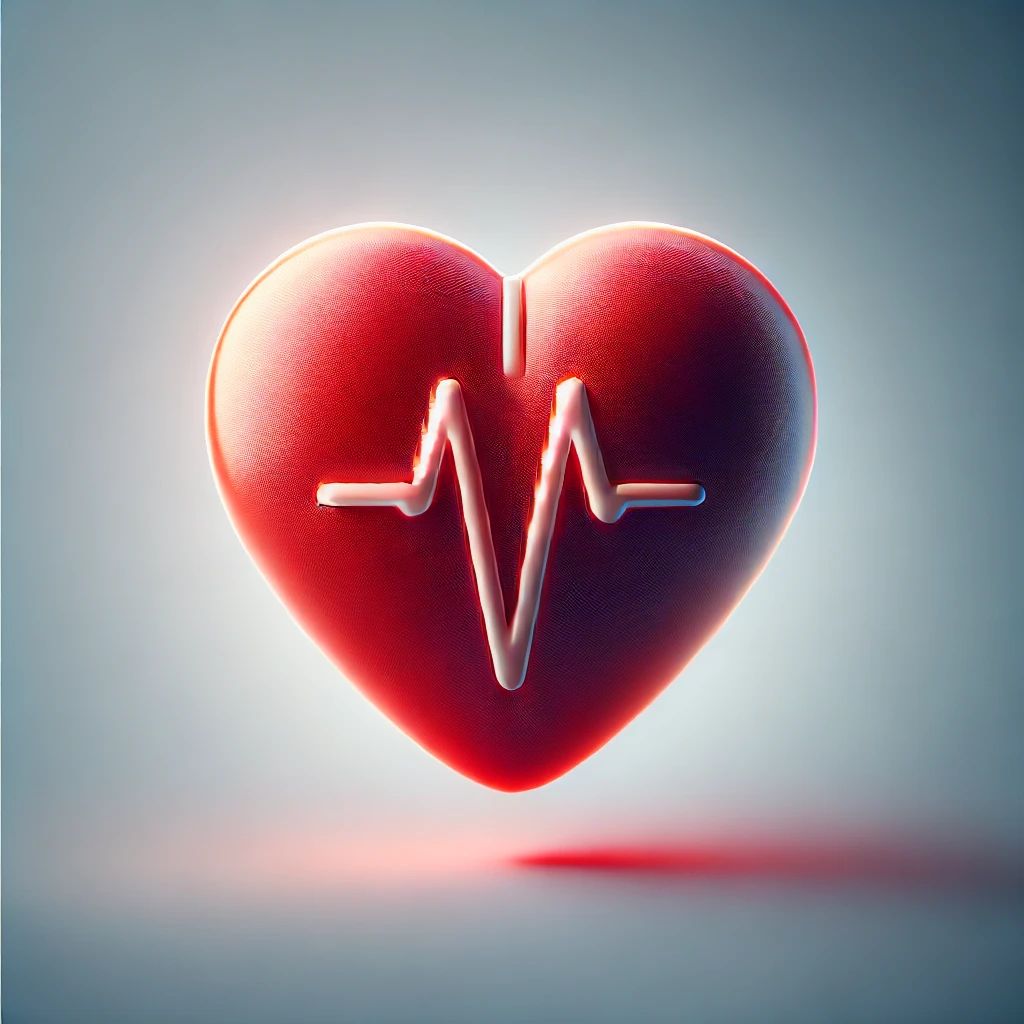The heart is one of the most vital organs in the body, and taking care of its health is essential for a long and healthy life. Cardiovascular diseases are the leading cause of death worldwide, but the good news is that many of these conditions can be prevented through proper nutrition, regular physical activity, and recognizing early warning signs. In this guide, you’ll learn how to reduce your risk of heart disease and maintain a healthy heart.

How to Reduce the Risk of Cardiovascular Diseases Through Diet
Diet plays a crucial role in heart health. The food you eat can help keep your heart strong and lower risk factors like high blood pressure and cholesterol:
Reduce saturated and trans fats: These fats raise bad cholesterol (LDL), which can clog arteries. Cut back on fried foods, full-fat dairy products, and processed snacks.
Increase omega-3 fatty acids: Omega-3s, found in fish like salmon and sardines, flaxseeds, and walnuts, help reduce inflammation and lower blood pressure, protecting the heart.
Eat more fruits and vegetables: These are rich in antioxidants, vitamins, and fiber that help reduce the risk of heart disease. Include greens like spinach and broccoli, and fruits like berries and citrus.
Incorporate whole grains: Oats, quinoa, and whole-grain cereals contain fiber that helps lower cholesterol levels in the blood.
Limit salt intake: Excessive salt raises blood pressure, a major risk factor for cardiovascular diseases. Reduce salt by avoiding processed foods and using herbs for flavor instead of salt.

Regular Activities to Maintain a Healthy Heart
Physical activity is essential for keeping your heart healthy. Here are some ways regular exercise can improve your heart health:
Aerobic exercises (cardio): Activities like walking, running, swimming, and cycling improve heart and lung capacity, lower blood pressure, and help control weight. Aim for 30 minutes a day, five days a week to significantly reduce the risk of heart disease.
Strength training: Weight lifting or resistance band exercises help strengthen muscles, including the heart. They also boost metabolism and help regulate blood sugar levels.
Yoga and meditation: These activities help reduce stress, which is linked to heart disease. Yoga and meditation relax the body and mind, helping to control blood pressure and heart rate.
Stay active throughout the day: Beyond regular workouts, it’s important to stay active throughout the day. Prolonged sitting decreases circulation and increases the risk of heart disease. Stand up and move every 30 minutes, even if just for a short walk.

Early Signs of Heart Disease You Shouldn’t Ignore
Recognizing early signs of heart disease is key to prevention and timely treatment. Here are symptoms you should never ignore:
Chest pain or pressure: This is one of the most common signs of a heart attack or angina. Chest pain, which can spread to the shoulders, neck, or arms, should be taken seriously.
Shortness of breath: If you notice difficulty breathing even with light activity, it could be a sign of heart failure.
Fatigue and weakness: Unexplained fatigue or weakness can be an early sign of heart problems, especially if it occurs frequently without a clear cause.
Unexplained swelling: Swelling in the legs, ankles, or abdomen can indicate fluid buildup due to poor heart function.
Irregular heartbeat or palpitations: Feeling like your heart is skipping beats or beating irregularly could be a sign of arrhythmia, which requires medical evaluation.

Caring for your heart is not complicated, but it does require consistent effort. Through proper diet, regular physical activity, and recognizing early signs of heart disease, you can reduce your risk of cardiovascular problems and maintain a healthy heart. Don’t wait until it’s too late—start making small changes today to protect the most vital organ in your body.
For more information on heart disease prevention, visit the CDC guide: Heart Disease Prevention.
Explore lifestyle tips from the American Heart Association: Lifestyle Changes for Heart Health.
Learn about heart health strategies from the WHO: Reducing Cardiovascular Risk.
More Useful Links:
The Power of Color: How the Bright Hues of Fruits and Vegetables Benefit Your Health
The Superpowers of Fruits: How Blueberries, Pomegranates, and Acerola Boost Your Health
